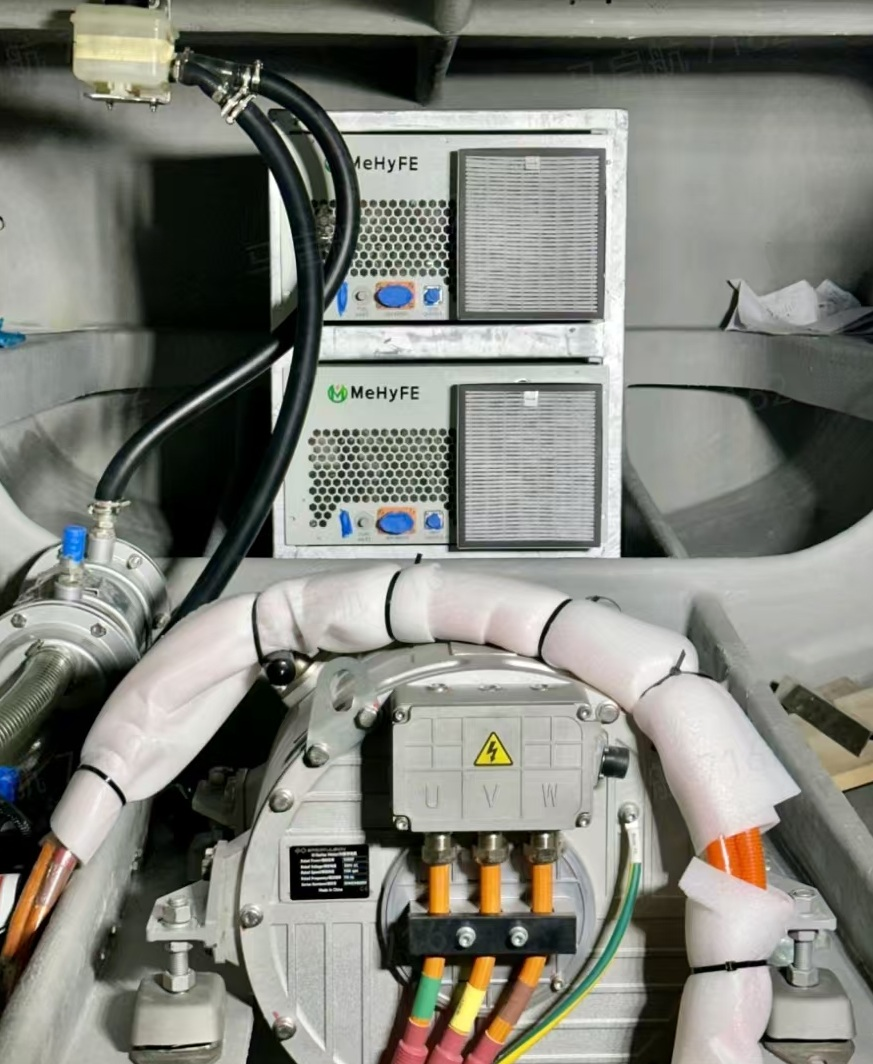Methanol fuel cells and hydrogen fuel cells are widely used in various types of ships. Different power types of fuel cells are also suitable for different ship types and different power usage demand environments.
Here are some typical application cases:
Yacht
The 63 feet yacht is designed for the clean and innovative technologies with zero carbon emission. The two 100kW electric motors are powered by different innovative solutions such as solar panels, vertical axis wind turbines and fuel cells.

Technical Specifications
Length: 19.2m
Width: 9.2m
Weight: 30t
Motor: 2 x 100kW
Solar power: 2 x 10kW
Wind power: 2 x 8kW
Methanol fuel cell 4 x 5kW with 4 x 500L fuel tanks
